“+V Rocks!” It’s an almost universal response when someone flies an approach with a WAAS GPS receiver for the first time. “Look! A glidepath where there wasn’t one before!!!” It’s almost enough to make one giddy (but not quite).
Many pilots think, “GREAT! I can couple my autopilot to the glidepath and let George do all the work.” Nope. In fact, if you have a tendency to fly an LNAV+V with the same procedures you use for an ILS or LPV approach, you may some day find yourself in a world of hurt. Obstacles close to the runway environment may reach up and smite you from the sky.
You need a different technique.
A Little History
Back in the day, there were two kinds of instrument approaches: precision and non-precision.
A precision approach (PA) provides lateral and vertical guidance on the final approach segment. A pilot descends along the glidepath down to a decision altitude (DA), at which point, he or she decides whether to land or go missed. The gold standard of the precision approach is the ILS. Others include the MLS, GLS, and PAR approaches.
With the advent of WAAS as well as Baro-VNAV systems in more sophisticated flight management systems, RNAV approaches with certified vertical guidance were introduced, for example, the LPV and LNAV/VNAV approaches. By international agreement, these approaches were not precise enough to call them “precision” approaches, so a new term was created: approach with vertical guidance (APV). Even though it is technically called something different, an APV is flown just like a precision approach. The FAA recognizes this and allows you to use an LPV approach to complete the Precision Approach task in the Instrument PTS.
A non-precision approach (NPA) provides lateral guidance only. The final approach segment may have zero or more step-downs to a minimum descent altitude (MDA). The PTS technique for flying a non-precision approach is to descend to the MDA, level off, remain at MDA until you are in position to land, or until you reach the missed approach point. This is colloquially known as the dive-and-drive approach.
However, the dive-and-drive approach causes problems, especially when flying jets.
Because of these problems, many advocate flying a non-precision approach using the Continuous Descent Final Approach or Stabilized Approach technique. To do so, you calculate a Vertical Descent Angle (VDA), normally around a three degree slope, to a Visual Descent Point (VDP), from which you can easily make a straight-in landing.
To make it easier for pilots and to encourage stabilized approaches, the FAA and Jeppesen started charting VDAs and VDPs (example on left below). But, for some approaches, a Vertical Descent Angle is neither safe nor practical, and the VDA is simply charted as not authorized (example on right below).
Moving up to modern times, almost all WAAS-enabled IFR GPS receivers now provide advisory vertical guidance (+V) on non-precision approaches that have published VDAs. The GPS provides a calculated glidepath down the vertical glide angle (VGA) and presents it as a glidepath much like an ILS glideslope or an LPV glidepath.
So What’s The Problem?
The problem is that pilots are flying the advisory vertical glidepath as if it is the same as the certified vertical glidepath you would find on an ILS or LPV approach. It is not the same thing.
In particular, the minimums for an LNAV+V approach are still specified as a minimum descent altitude (MDA). You are not supposed to descend below MDA when executing a missed approach, where as you are allowed to descend below a decision altitude (DA) in the process of executing the missed.
When a PA or APV is designed, a sloping obstacle clearance surface is surveyed to make sure there are no obstacles between the DA and the runway. If there are, the minimums are raised to make sure you will not hit those obstacles in the process of executing the missed approach.
When a NPA is designed, a level obstacle clearance surface is surveyed to make sure flying at the MDA will keep you above any obstacles with the required clearance. If you dip below MDA during a missed approach, you are not guaranteed any obstacle clearance.
This subtlety can lead to some interesting consequences when you look at minimums. Sometimes, you will find an approach which has lower LNAV minimums than LNAV/VNAV or LPV minimums. If you see that, BEWARE. That usually means there is an obstacle close in to the runway.
An example of this is the Harrisburg International RNAV (GPS) Rwy 13 approach. Because of an obstacle close to the runway, the LNAV/VNAV minimums are almost 400 feet higher than the LNAV minimums.
Recommended Procedure
RECOMMENDATION: Establish a “Designated Decision Altitude”
A Designated Decision Altitude (DDA) is an altitude you specify sufficiently above MDA that it will give you enough room to execute a missed approach without dipping below MDA. How much of a buffer you select depends on the characteristics of your aircraft. For a high-performance, single-engine airplane like a Cirrus, I might set my DDA 75 feet above the MDA.
The extra 75 feet gives you enough room to execute the missed approach if you have not met the visual requirements at the DDA.
ALTERNATE: Fly an LNAV+V as a non-precision approach.
- Only use the vertical guidance in an advisory capacity to stabilize your descent.
- Use the autopilot vertical speed (VS) mode to descend to the MDA.
- Do not couple the autopilot to the advisory glidepath (no GS mode).
- Absolutely do not descend below MDA, even when executing a missed approach.
CDFA or Dive-and-Drive
Many pilots and instructors advocate flying a stabilized approach profile on NPAs (as opposed to a “dive-and-drive”). The stabilized approach has a lot of value (especially in turbine aircraft). It allows you to reduce your overall workload by stabilizing the aircraft and eliminating repeated configuration changes.
In the case of non-precision approaches with advisory vertical guidance, the stabilized approach comes at the cost of increasing your minimums (in the form of a DDA). Perhaps this is a good thing. It increases safety to increase the minimums of an approach for whatever reason.
However, there may be times when a dive-and-drive style approach will allow you to complete an approach more safely because it will allow you to get down to MDA, level off, and establish a good solid visual contact with the airport before committing to start a descent from MDA. As with all things in aviation, the choice of technique is a matter of judgement. Your mileage may vary.
When practical, we at MasterFlight prefer the stabilized approach and take full advantage of the advisory vertical guidance provided by IFR WAAS GPS receivers. But we do it with our eyes wide open to the risks presented to us in that last visual segment of the approach.

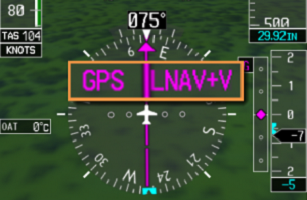
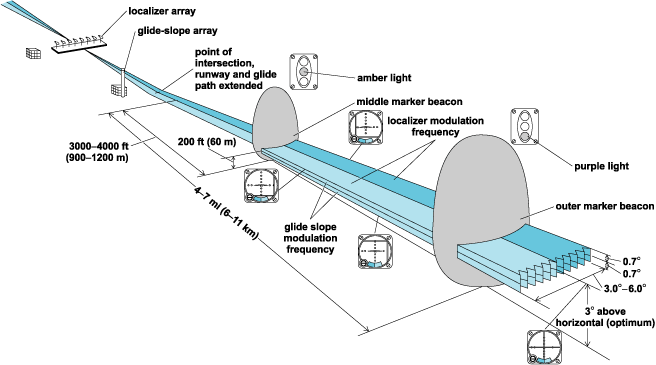

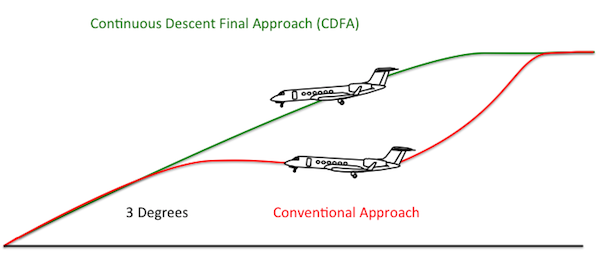
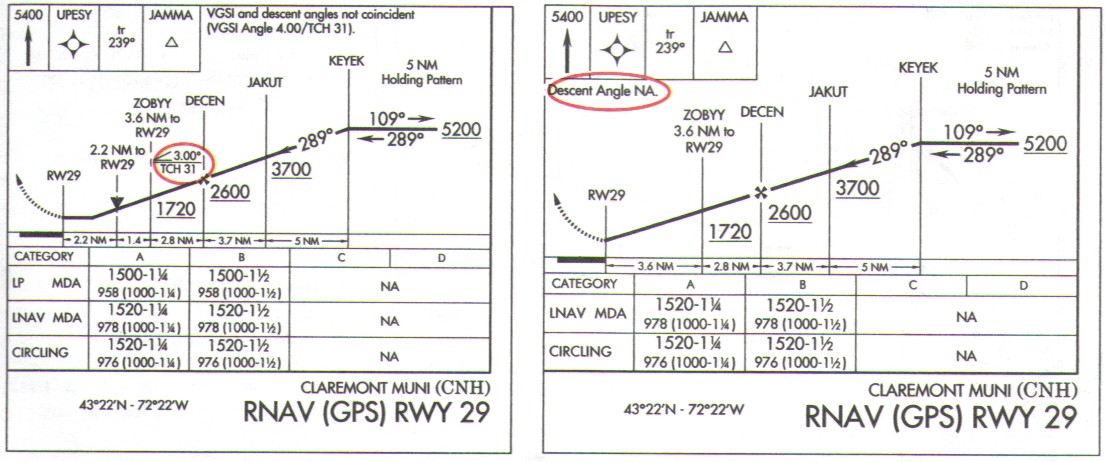
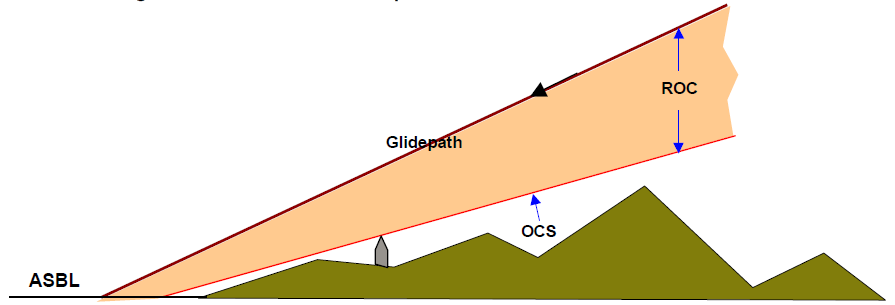
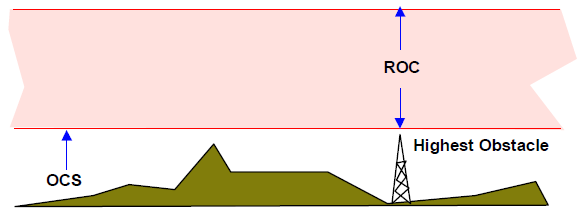
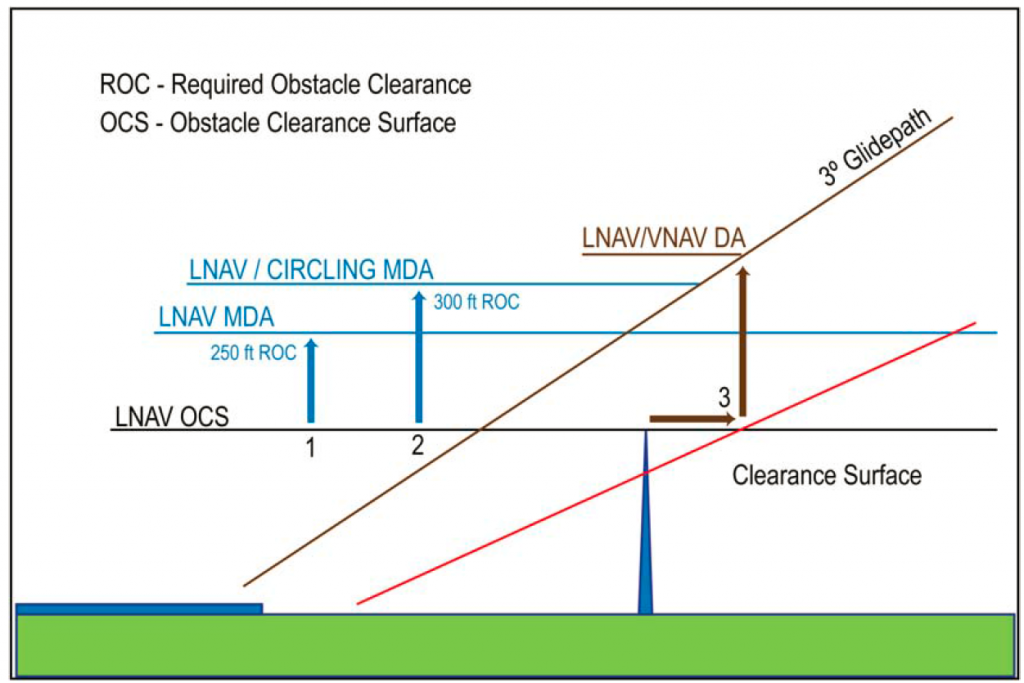
I see some incorrect information within this article-but I may be thinking something else. I do work with ARINC databases directly and source providers. If LNAV+V as stated is LNAV/VNAV then the following actually applies: LNAV/VNAV level of service (LOS) indeed provided DA as opposed to MDA straight in: the MDA is for the LNAV LOS. it is important to remember that a procedure may contain different LOS with different requirements. Also LNAV/VNAV LOS does indeed provide vertical guidance with a TERPS provided VNAV angle that is appropriate to fly to the DA and this angle is TERPSED for obstacle clearance. This angle is hard coded into the database and provides your vertical guidance appropriately akin to a glide slope. The reason some LNAV/VNAV has higher minimums is due to and LNAV SDF due to an obstacle. Since you are flying vertical guidance you take the hit for the obstacle on the VNAV, while on the LNAV you can “dive/drive to the SDF” thus clearing the obstacle and getting lower. this is all referencing procedure design criteria (TERPS). Often times there is an angle also provided for LNAV which differs from the LNAV/VNAV. When the LNAV/VNAV is coded into the database this angle is checked to ensure it does indeed clear the SDF (if present) also. If not then the angle is not provided and/or the source supplier is questioned. Please check your information: FAA AC 90-105 FAA order 8900
Thank you for the comment. I reviewed the article, and I am not sure where it states that LNAV+V is the same as LNAV/VNAV. I am happy to revise the article to make it more clear if you could point out where it implies that.
I agree with everything you’ve said about the LNAV/VNAV level-of-service (LOS). If the LNAV/VNAV LOS is available and annunciated on the GPS, then the LNAV/VNAV DA would indeed apply, and you fly it using the precision approach technique. However, LNAV/VNAV is not the same as LNAV+V (advisory vertical guidance). On approaches where there are only non-precision (e.g., LNAV or LP) minimums, a vertical descent angle may still be defined in the TERPS and specified in the ARINC 424 packet for the approach. If the LOS is sufficient for the GPS to provide advisory vertical guidance, then it will annunciate “LNAV+V” (or “LP +V” in newer Garmin systems). The LNAV and LP minimums specify an MDA and hence would require either a DDA or a dive-and-drive approach.
The example of the LNAV MDA being lower than the LNAV/VNAV on the Harrisburg approach is intended to highlight the differences between the sloped obstacle clearance surface and the horizontal obstacle clearance surface. I agree with you that this is caused by the presence of the obstacle, and the takeaway lesson in this example for a pilot is: if you ever see LNAV minimums lower than LNAV/VNAV or LPV minimums, look out for obstacles near the runway. Similarly, if an approach has LP minimums instead of LPV minimums, there is likely an issue with obstacles on the final approach segment. Do not fly an “LP +V” approach the same way you would fly an “LPV” approach.